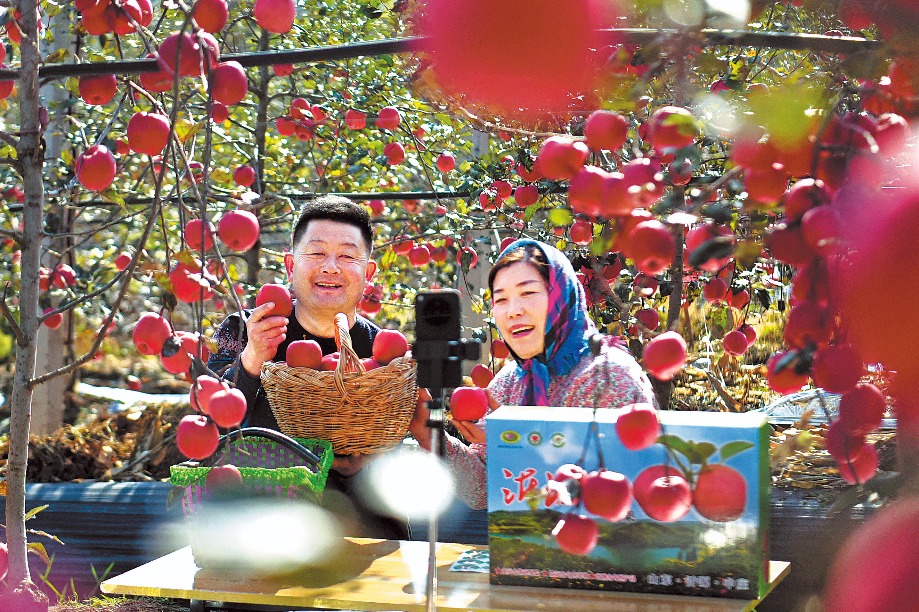Sweet-taste perception changes as children develop: study

CHICAGO -- Compared with adults, children and adolescents are less sensitive to the sweet taste and need 40 percent more sucrose in a solution for them to detect the taste of sugar, according to a study posted on the website of the University of Illinois (UI) on Friday.
Along with higher taste-detection thresholds, both children and adolescents prefer significantly more concentrated levels of sweetness than adults.
The study, which built upon and combined data from the researchers' previous research and was conducted at the Monell Center in Philadelphia and Washington University in St. Louis, included 108 children, 172 adolescents and 205 adults, who ranged in age from 7-67.
The researchers gave participants different pairs of sugar-water concentrations to taste and measured both the concentration that participants preferred and the lowest concentration at which they could detect the taste of sugar.
"While children's lower sensitivity required higher sucrose concentrations for them to detect the taste, participants' sweet-taste sensitivity did not predict the level of sweetness they preferred," said co-author Julie A. Mennella of the Monell Chemical Senses Center.
To illustrate these age-related differences in taste sensitivity, the researchers estimated the number of eight-ounce glasses of water in which four grams of sucrose, the equivalent of one sugar cube, could be dissolved and participants in each age group could start detecting the sweet taste.
Consistent with prior studies, the researchers found that children preferred more intense sweetness than did adults.
Adults favored levels of sweetness similar to a typical cola soft drink, which contains the equivalent of about eight sugar cubes in an eight-ounce glass of water, Mennella said. Children and adolescents preferred a 50-percent higher sucrose concentration, equivalent to about 12 sugar cubes in eight ounces of water.
"Using the same sensory evaluation methods we used here to measure sucrose preferences, we found previously that the binding potential of dopamine receptors in the striatum, a brain area that encodes the value of rewards, decreased with age, and predicted, independently of age, the most preferred sucrose concentration in healthy young adults," said M. Yanina Pepino, a professor of food science and human nutrition at UI.
The researchers hypothesized that the changes in sucrose taste sensitivity and preferences that occur during adolescence may result from distinct developmental trajectories with different underlying mechanisms.
"For example, developmental changes in taste sensitivity may be secondary to changes in the anatomy of the mouth and saliva composition, whereas changes in sweet-taste preferences may be the consequences of changes in the activity and morphology of the brain reward system," Pepino said.
The study has been published in the journal Nutrients.




































